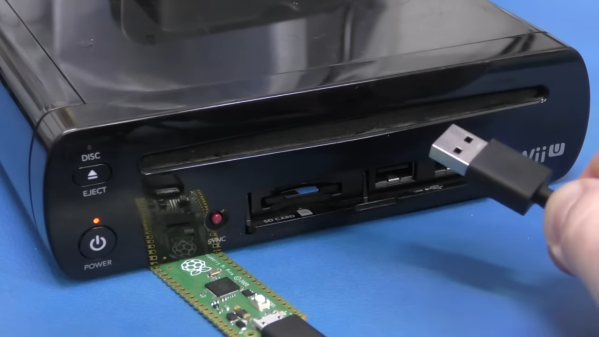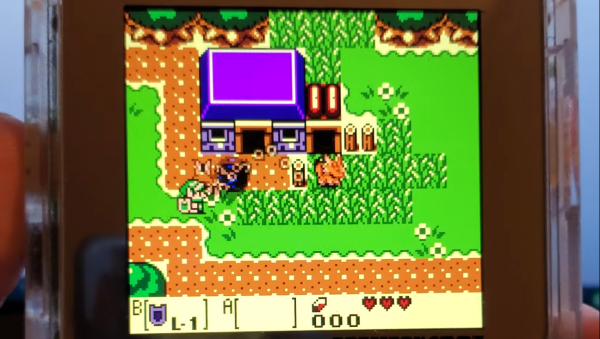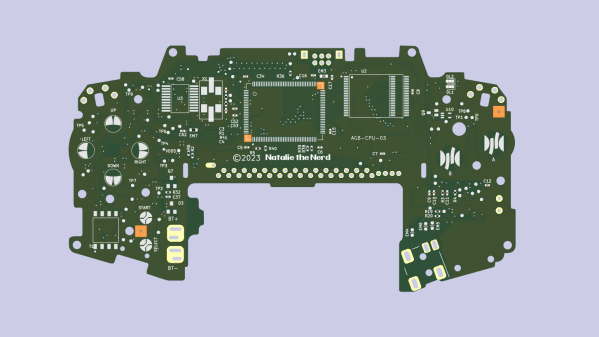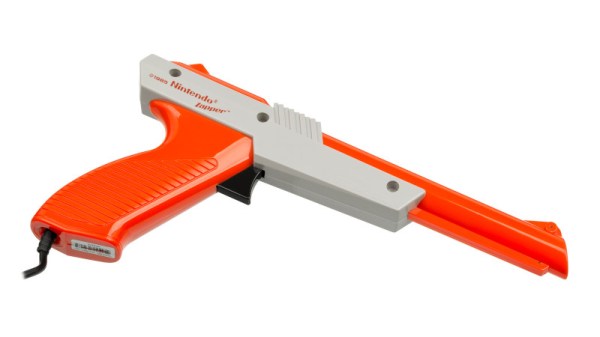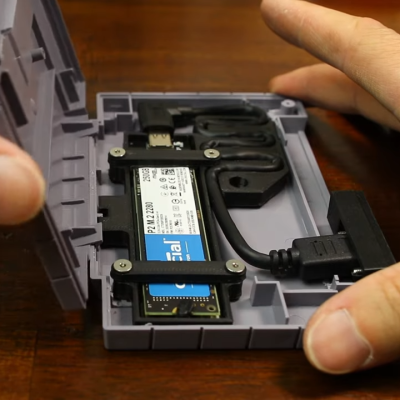There are reports that some Nintendo Wii U systems out in the wild are falling victim to mysterious failures. As is so often the case, certain error codes have been found in common across failed units out in the community, and [Voultar] decided to investigate to see if he could fix this problem with a little hacking.
[Voultar] wasn’t able to source a Wii U with the much-discussed NAND failure mode, but he was able to source a number of supposedly bricked Wii U systems displaying the error codes 160-0101 and 160-0103. The hack is achieved with an exploit in the Wii U’s USB Host Stack descriptor parsing module, developed by [GaryOderNichts]. It allows the injection of a payload that lets one run unsigned code on the Wii U, achieved via a Raspberry Pi Pico. The Pico is ultimately used to boot off an SD card running a recovery program for the Wii U. By resetting the Wii U’s “coldboot title ID”, it solves the error and gets the console booting properly, as per normal.
[Voultar] was able to fix five consoles displaying the common error messages, which we’d call a win. It’s not going to be a fix for every failed Wii U out there, but if you’ve got the dreaded 160-0101 or -0103 errors, it might be worth a shot.
Continue reading “Resurrecting A Bricked Wii U With A Raspberry Pi Pico”

